Pakistan’s lift industry has grown significantly in recent years, with new players entering the market and existing companies expanding their offerings. However, like any industry, it faces several challenges that must be addressed for sustained growth. In this blog post, we will provide an overview of the lift industry in Pakistan, the challenges it faces, and the opportunities for growth and development. We will also discuss the government initiatives aimed at boosting the lift industry.
Overview of the Lift Industry in Pakistan
The lift industry in Pakistan comprises both local and international players. Most of the lifts installed in the country are imported, with a few local manufacturers also producing lifts. The industry has a significant presence in the urban areas of Pakistan, particularly in Karachi, Lahore, and Islamabad.
Challenges Faced by the Lift Industry in Pakistan
The lift industry in Pakistan faces several challenges that impede its growth and development. One of the most significant challenges is the lack of awareness about lift safety standards among builders and developers. This often leads to substandard installations that can be dangerous for users.
The high cost of imported lifts is another challenge faced by the lift industry in Pakistan. Most lifts installed in Pakistan are imported, making them expensive for end-users. This has led to a perception that lifts are a luxury item rather than a necessity.
Opportunities for Growth and Development
Despite the challenges, there are several opportunities for growth and development in the lift industry in Pakistan. The growing real estate sector in the country presents a significant opportunity for lift manufacturers and suppliers. Additionally, the increasing number of high-rise buildings being constructed in urban areas provides a steady demand for lifts.
There is also an opportunity to increase awareness about lift safety standards among builders and developers, which can lead to more installations of high-quality lifts. This, in turn, can increase the demand for skilled workers in the industry.
Government Initiatives to Boost the Lift Industry
The Government of Pakistan has recognized the potential of the lift industry in the country and has taken several initiatives to boost its growth. These initiatives include the establishment of technical institutes that provide training for lift technicians, introducing safety standards for lifts, and reducing import duties on lift components.
The government has also launched several housing schemes to provide affordable housing to low-income households. These schemes allow lift manufacturers and suppliers to provide lifts for multi-story buildings at affordable prices.
The Opportunity for Lift Industry in Pakistan
One significant opportunity in Pakistan is the growing trend toward smart buildings. With the rise of Internet of Things (IoT) technology and increasing demand for energy-efficient solutions, there is a growing market for smart elevators and lifts in Pakistan. Smart lifts use advanced sensors, machine learning, and data analytics to optimize performance, reduce energy consumption, and improve user experience.
Smart lifts can communicate with other building systems, such as lighting and HVAC, to create a more integrated and efficient building environment. This can result in significant cost savings for building owners and operators while providing a more comfortable and convenient user experience.
Moreover, using smart technology in lifts can improve safety by real-time monitoring of lift components, such as cables and motors, and alerting technicians to potential issues before they become major problems.
Lastly, the industry in Pakistan faces several challenges, but there are also many opportunities for growth and development. By addressing the challenges, seizing the opportunities, and embracing smart technology, Pakistan’s lift industry can significantly contribute to the country’s economic growth and development.
Conclusion
The high cost of imported lifts is one of the significant challenges faced by the lift industry in Pakistan. Most lifts installed in the country are imported, making them expensive for end-users. However, with the growing real estate sector and increasing number of high-rise buildings, there is a high demand for lifts. By addressing the shortage of skilled workers and promoting awareness about safety standards, the industry can lower the lift prices in Pakistan and provide affordable options to consumers. This, in turn, can significantly contribute to the country’s economic growth and development.
Q: What is the lift industry in Pakistan?
A: The lift industry in Pakistan comprises local and international players who produce and supply lifts for buildings.
Q: What are the opportunities for growth and development in the lift industry in Pakistan?
A: The growing real estate sector, increasing number of high-rise buildings, and government initiatives provide several opportunities in Pakistan to flourish. Additionally, smart technology can also improve efficiency and safety in lifts.
Q: How can the government of Pakistan boost the lift industry?
A: The government of Pakistan can boost the establishing technical institutes that provide training for lift technicians, introducing safety standards for lifts, and reducing import duties on lift components
Q: Can lift prices in Pakistan be lowered?
A: By addressing the shortage of skilled workers and promoting awareness about safety standards, affordable options to consumers.
Q: How can smart technology improve lifts in Pakistan?
A: Smart technology can improve lifts in Pakistan by optimizing performance, reducing energy consumption, and improving user experience. It can also enhance safety by real-time monitoring of lift components, such as cables and motors, and alerting technicians to potential issues before they become major problems.
Also Read:
AFFORDABLE 4 PERSON LIFT PRICE IN PAKISTAN: FEATURES AND INSTALLATION COST OF COMPACT LIFTS
ENERGY-EFFICIENT LIFTS IN PAKISTAN, BENEFITS AND COSTS
LIFT PRICES IN PAKISTAN: FACTORS, TYPES, INSTALLATION COST, AND TIPS TO CHOOSE THE RIGHT LIFT

